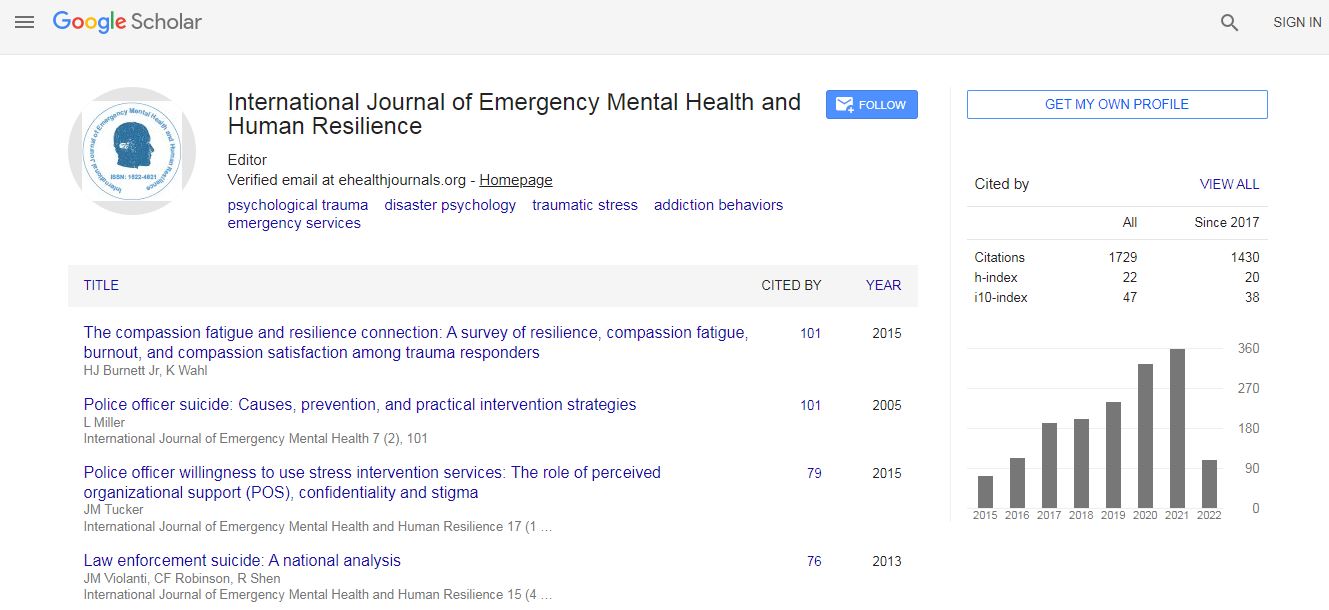Review Article
Towards a Better Global Assessment of Functioning (GAF): Improving Scale Properties
IH Monrad Aas*
Research Unit, Division of Mental Health and Addiction, Vestfold Hospital Trust, Tonsberg, Norway
Abstract
Background: Global Assessment of Functioning (GAF) is a rating scale used in a very high number of studies. GAF is known worldwide. GAF rates severity of illness in psychiatry and is often used together with instruments rating other characteristics of mental disease. From research, we know there are problems with GAF (for example, reliability and validity problems). The properties of the GAF scale need a closer examination with the potential for improvement in mind. The present study has focus on GAF properties. Purpose: to show both gaps in current knowledge and ideas for further development. Methods: The present study is based upon a systematic literature review. Findings: for the properties of GAF, numerous gaps in knowledge were found: for example, a continuous scale is used for the present GAF, but would a categorical scale make a better GAF? On visual scales scoring is done by setting a mark directly on the scale, but would transformation to a visual scale result in an improved GAF? The anchor points (including examples) were decided early in the history of GAF, but would new anchor points and examples result in a better GAF (anchor points for symptoms, functioning, positive mental health, prognosis, improvement of generic properties, exclusion criteria for scoring in each 10-point intervals, and anchor points at the endpoints of the scale)? Is a change in the number of anchor points and their distribution over the total scale important? Rating within 10-point intervals can be requiring, but can better instructions improve this? Internationally, GAF with both one and two values are used, but what is the advantage of having separate symptom (GAF-S) and functioning scales (GAF-F)? GAF-S and GAF-F scales should score different dimensions and still be correlated, but what is the best combination of definitions for GAF-S and GAF-F? Conclusions: Given the widespread use, research-based development of GAF has not been especially strong. Further research could improve GAF.

 Spanish
Spanish  Chinese
Chinese  Russian
Russian  German
German  French
French  Japanese
Japanese  Portuguese
Portuguese  Hindi
Hindi 